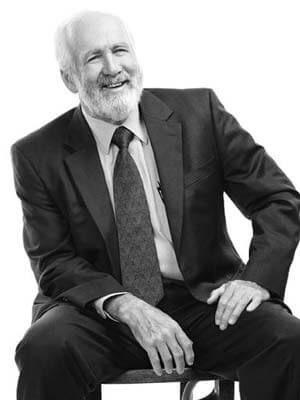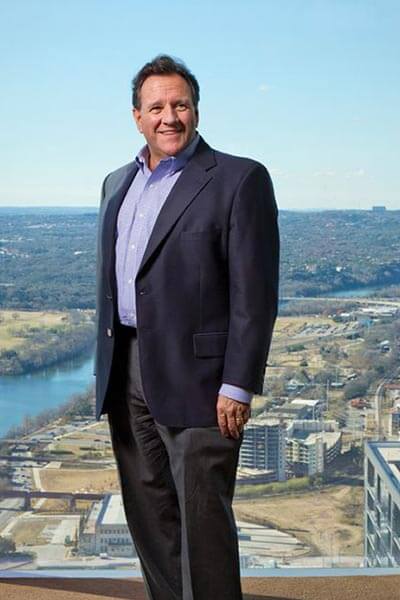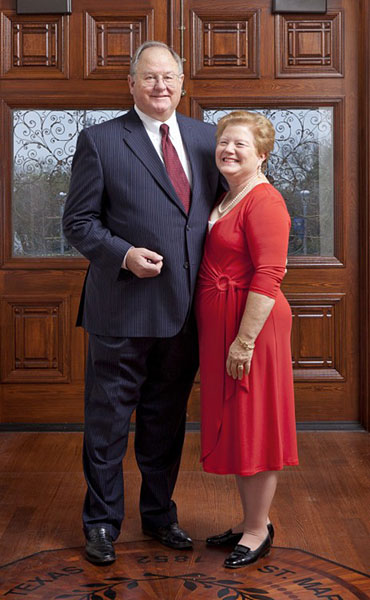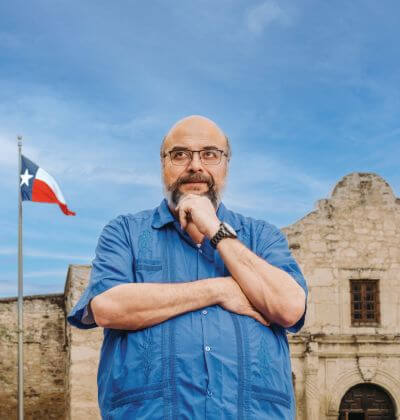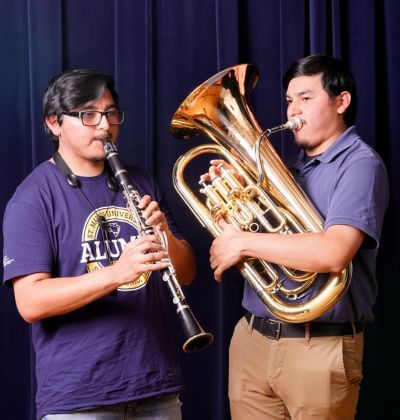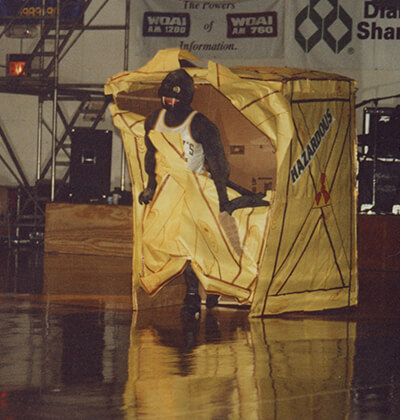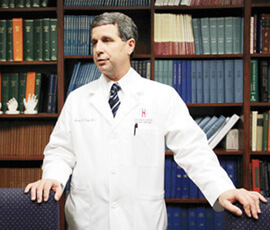
Mark Bagg, M.D. (B.A. ’81)
Perhaps the most high profile of his accomplishments is the now-retired colonel’s role in the development of the Center for the Intrepid, a world-class $65 million facility built in San Antonio to rehabilitate wounded warriors dealing with burns and amputations. All eyes were on the Center for its grand opening in 2007, which was more like a movie premier than a medical facility unveiling, complete with a red carpet, movie stars and high-ranking government leaders celebrating this innovation in military medical care.
The path that led Bagg to his distinguished military career and that star-studded event in 2007 started many years before. His affiliation with the U.S. Armed Forces began as a child. The son of a military surgeon, Bagg’s family moved around often before settling in El Paso where Mark graduated from high school. Although he considered other colleges, including the University of Notre Dame, a full ROTC scholarship sealed his decision to attend St. Mary’s University.
After graduating summa cum laude from St. Mary’s in 1981, Bagg attended medical school at the Uniformed Services University of the Health Sciences. He was assigned to San Antonio in 1996 as Chief of Hand Surgery at Brooke Army Medical Center (B.A.M.C.), later becoming Chief of the Orthopaedic Surgery Service and Residency Program Director, and then the first Chair of the Department of Orthopaedics and Rehabilitation, which he helped establish.
The development of that department—one of the first in the military to integrate orthopaedics and rehabilitation into a single line of care—is what became the de facto precursor to the Center for the Intrepid. When asked about how he came to be integrally involved in the Center, Bagg’s response was a humble one: “It was just being in the right place at the right time. I have been fortunate to have been involved in something like this.”
 Being in the right place at the right time meant that he had already set up a center at B.A.M.C. very similar to what the Intrepid would become, but on a smaller scale. When pressed for more information, Bagg starts a story that at first seems unrelated, beginning several years before he ever heard of plans for the Center.
Being in the right place at the right time meant that he had already set up a center at B.A.M.C. very similar to what the Intrepid would become, but on a smaller scale. When pressed for more information, Bagg starts a story that at first seems unrelated, beginning several years before he ever heard of plans for the Center.
The advent of advanced body armor for the wars in Iraq and Afghanistan has saved many lives, but also has meant that more service members returned from combat with extensive injuries to their extremities, including burns, shattered bones and lost limbs. During the Vietnam era, the survival rate for wounded warriors was about 75 percent; but in Iraq and Afghanistan, it was much closer to 90 percent. That shift in the type of medical care most needed by combat veterans—which happened to be timed near the well-documented problems with wounded warrior care at the now-closed Walter Reed Army Medical Center in Washington, D.C.—led the Department of Defense to start to think differently about how to care for warriors during complicated recoveries.
“When you have someone with these extreme injuries, you can either keep them close to their home for family support, or you can put them together in one place so that they can learn from each other,” Bagg said. “What we have found is that there is strength in creating a program where the injured are able to support each other.”
Bagg’s work at B.A.M.C. integrating orthopaedics and rehabilitation, as well as his development of just the second Department of Defense Amputee Care Center, got the attention of military leaders in Washington. When philanthropist Arnold Fisher indicated that he wanted to spearhead the development of what would become the Center for the Intrepid, the U.S. Surgeon General asked for Bagg’s counsel on where it should be built. Bagg suggested San Antonio. (The Fisher family is best known for the creation of the Fisher Houses, which are located near major military medical centers to give families of wounded warriors comfortable places to stay during rehabilitation.)
As he tells it, Fisher flew into San Antonio, took one look at the field in front of B.A.M.C. that Bagg was recommending and said that this was where facility should be built. From there, the project moved fast. The Center took $65 million to build and equip, but cost the government nothing.
“There were so many donations, and not one penny of it came from U.S. tax dollars. It was 100 percent through private donations,” Bagg said.
More than 600,000 individual donations went into raising money to build the Center.
Bagg’s role was to develop plans for the rehabilitation section of the Center—a major undertaking that was done in a mere three months. The construction was rapid, going from idea to opening in just more than a year.
Before his role in the Center, Bagg had numerous other high-profile assignments. From 2003 to 2006, he served as the Orthopaedic Surgery Consultant to the U.S. Army Surgeon General, and made several trips to Iraq and Afghanistan in that capacity, including one to Baghdad soon after the start of the Iraq war. Throughout his career, Bagg has made a significant impact on the care given to wounded service members.
He is most proud that he was able to volunteer for his final deployment to Afghanistan in 2006 with the 758th Forward Surgical Team, a deployment that put him much closer to the wounded warriors he had been serving.
“In many ways, that was the most important for me. I could have retired then, but I stayed on active duty so that I could deploy,” Bagg said.
When he returned from that deployment, Bagg began his final military assignment as Director of the Center for the Intrepid, before retiring and going into private practice at The Hand Center of San Antonio. While he loved his military career, Bagg said the transition to civilian life was a smooth one, and he is enjoying his practice and more time with his family, including his wife Karen and their five children.
As an Army officer and a physician, Bagg’s professional life has been focused on serving others, something he attributed in no small part to St. Mary’s. Last year, the St. Mary’s University Alumni Association recognized Bagg’s many contributions by honoring him with a 2011 Distinguished Alumni Award.
“St. Mary’s is very much known for being a place where service is important. And in the ROTC, it was just a part of the education we received,” he said. “It was a great education and I made a lot of wonderful friends.”

